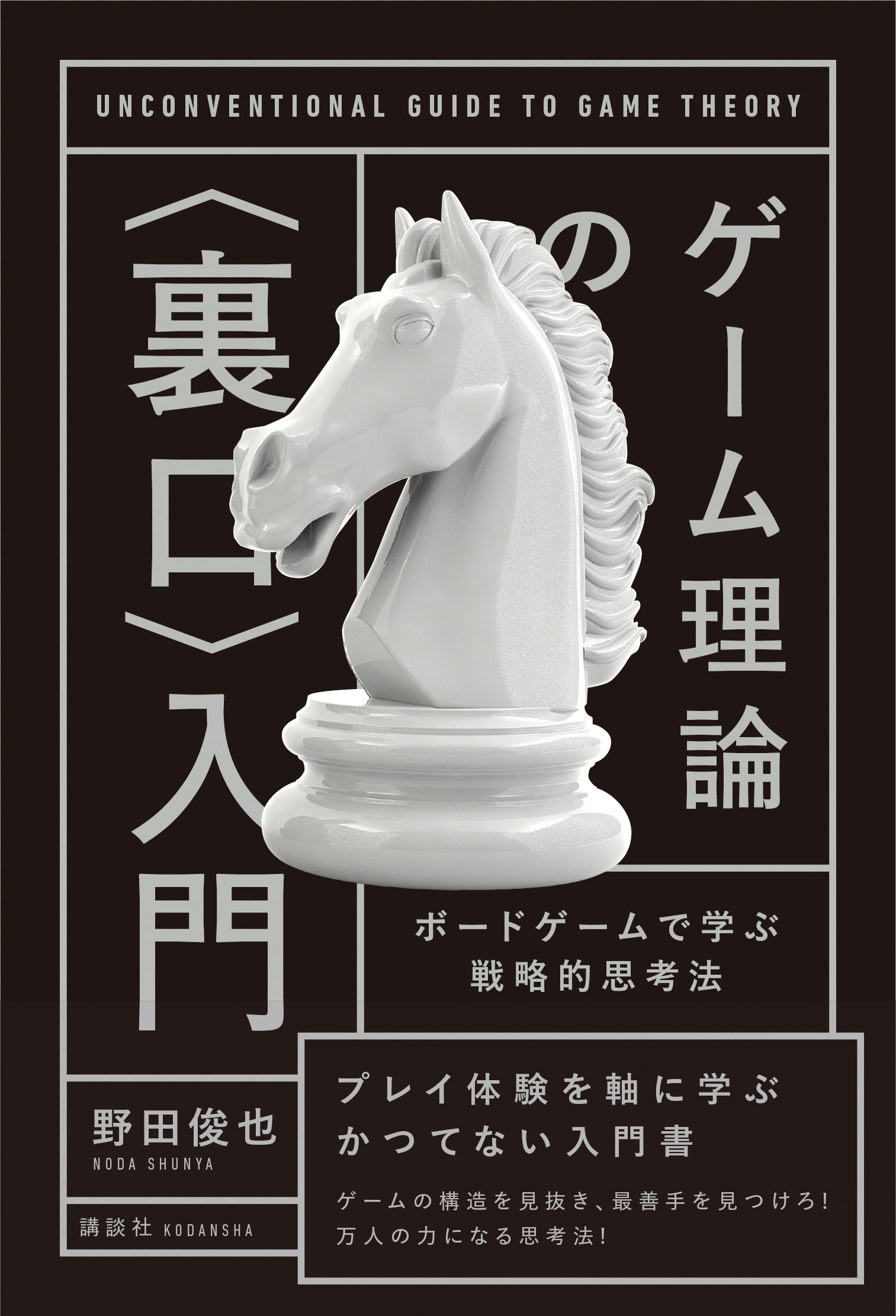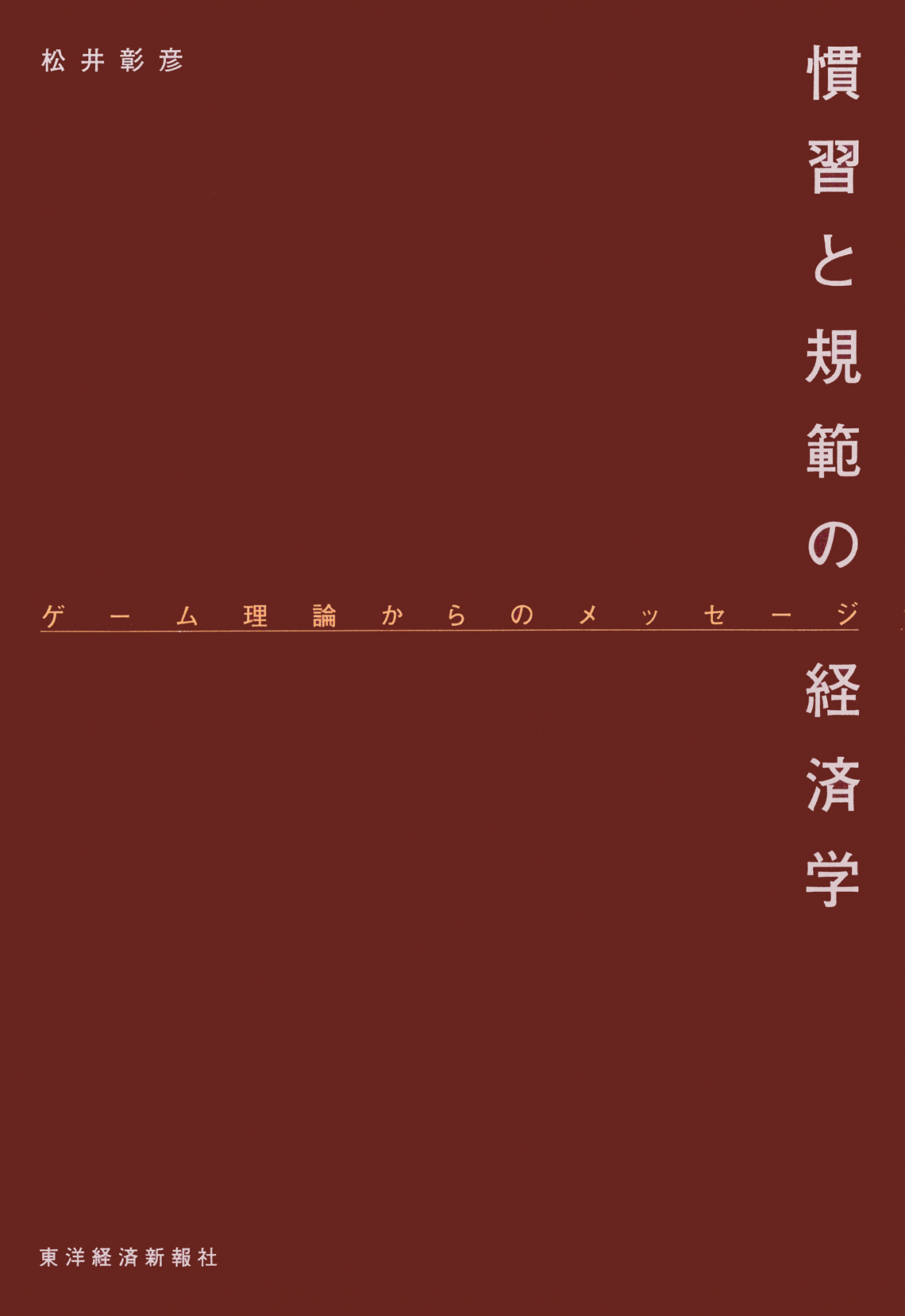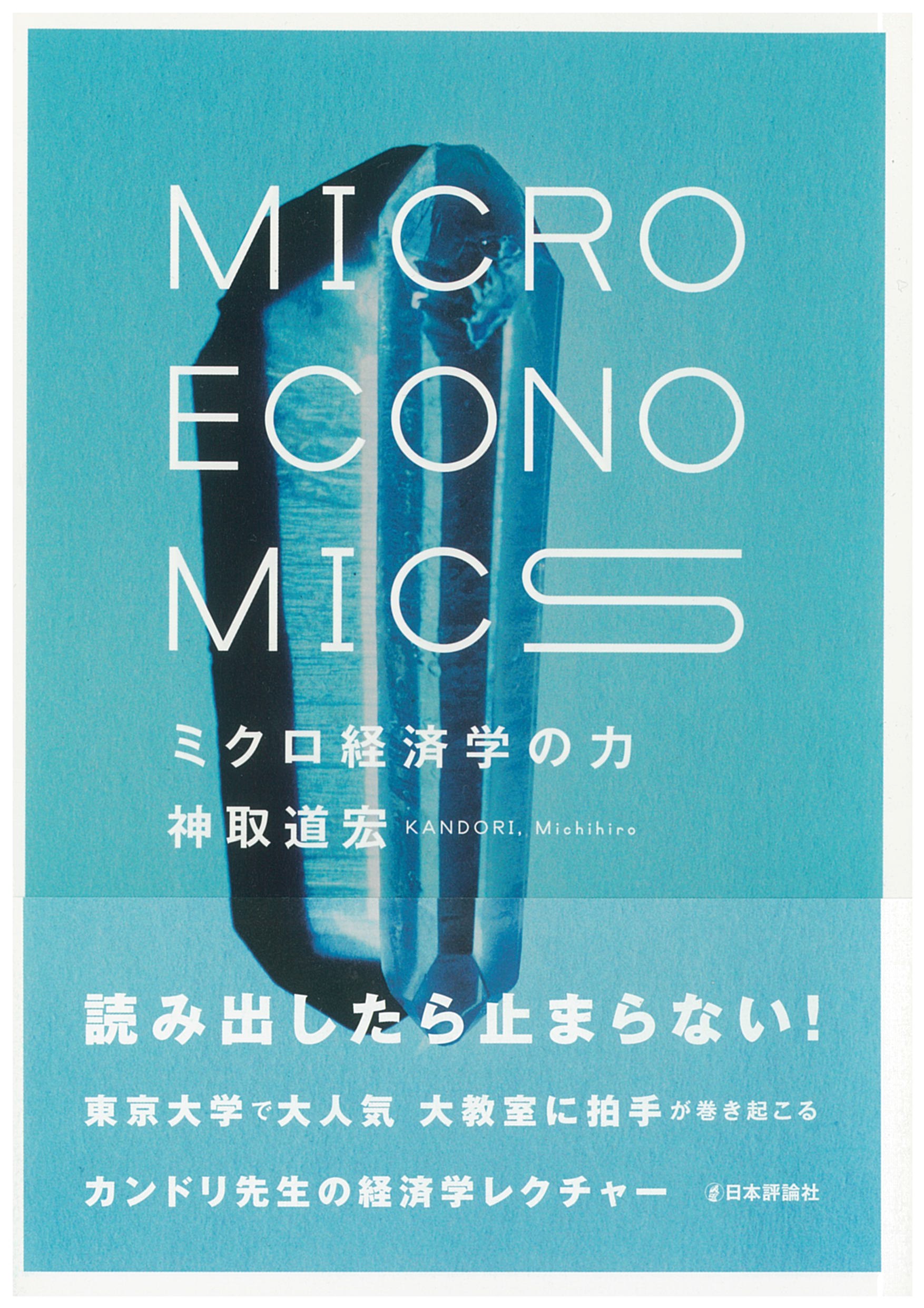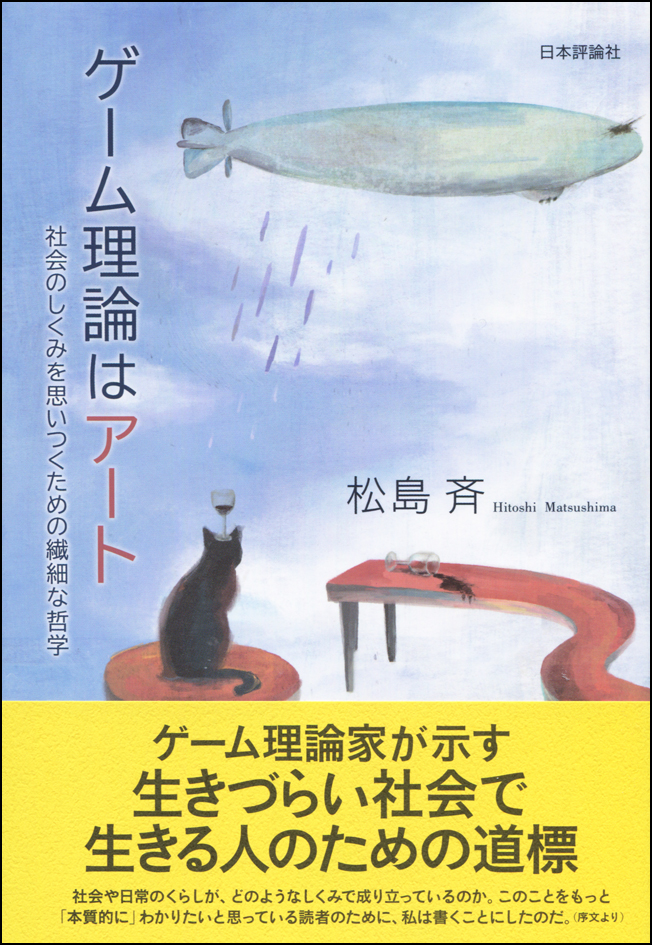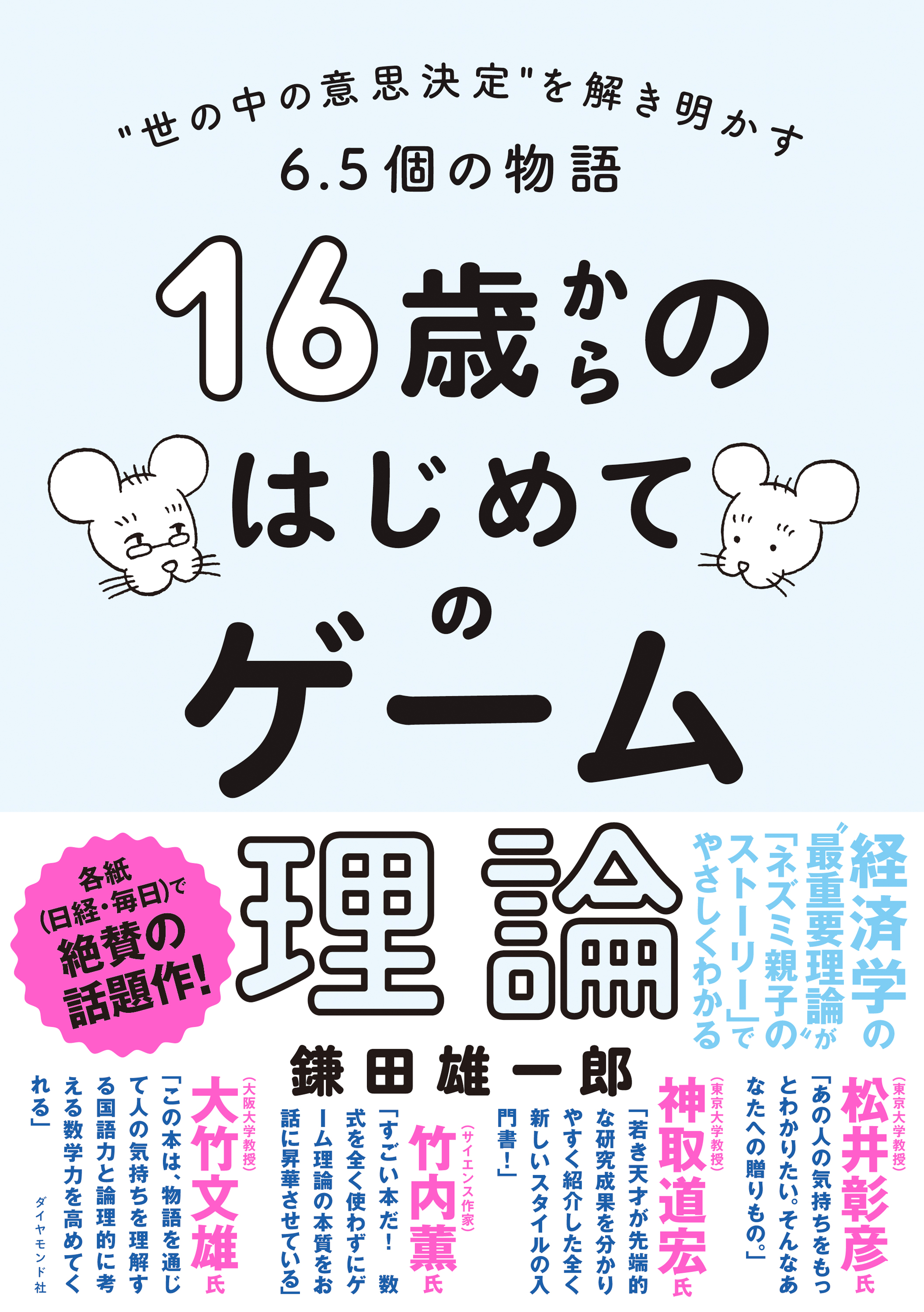
Title
16 Sai Karano Hajimeteno Game Riron (First Game Theory Book from 16 Years Old)
Size
160 pages, A5 format, softcover
Language
Japanese
Released
July, 2020
ISBN
9784478110713
Published by
Diamond, Inc.
Book Info
See Book Availability at Library
Japanese Page
Have you heard of “Game Theory”?
It is a theory that describes human behavior using mathematical equations.
But it’s not like the theory uses math formulas to describe the functioning of cells or muscle contraction.
Instead, it uses math to analyze how people choose actions in the society that are governed by rules, laws, and money. That’s game theory.
We study laws in the law department, and money in the econ department, right? But “using math” sounds like some sort of science. So, game theory is a scientific analysis of what law or econ departments would be interested in.
But why is math used?
That’s because the “society” is a complex thing. When we consider something complex, using only English (or Japanese maybe) wouldn’t be very efficient because the conclusion may change depending on the interpretations of many words that may have ambiguous meanings. So we want to use math to clearly organize the discussion.
So the question is: what is so complex about the “society”?
There are many people in the society, and each person makes their own decision. The collection of those decisions determine the path the society proceeds. So, in order to understand what will happen in the society, we want to understand how each person makes decisions. But how do people make decisions?
When you make decisions──for example when you decide how much to study for an exam──you probably consider how much other students are studying (for the sake of the argument, let’s suppose that your objective is to earn a good grade while minimizing the amount of study, and grades are curved). You would like to study hard if other students study hard, while you don’t want to study as much if other students would exert less effort. That is, your decision depends on other students’ decision making. If you think about this more carefully, you would notice that the decisions by these “other students” depend on the decisions of yet “other students” that include yourself. So, you have to think about what other students think about how much you study. Of course this is not the end of the story. You have to think about what other students think about what you think about how much other students study… This is the complexity of this society of students. And Such complexity is present in any society where there are multiple decision makers: markets in which multiple firms are competing, interactions between multiple political parties, etc. Game theory is able to analyze these kinds of situations elegantly, by virtue of math.
Now, I’m hearing complaints.
“I chose to study law/econ to avoid math!”
“Why don’t you tell me about society without forcing me to go through the pain of math?”
“I don’t feel like doing any math unless I see that game theory tells us something interesting”
“Can we just forget about math for a moment and grasp the essence of game theory?”
For those of you having these (reasonable) complaints, I have good news. This “First Game Theory Book from 16 Years Old” does not use any math, and you will learn the essence of game theory. Since it takes the form of a novel, you can just enjoy it without any feeing of actually studying. Enjoy this book filled with cute pictures of mice by an illustrator Chiharu Mitsumochi!
(Written by KAMADA Yuichiro, Global Fellow, Graduate School of Economics / 2021)



 Find a book
Find a book


 eBook
eBook